General Motors Death Watch 92: GM's Hydrogen Powered Halo
Even as it struggles for its short term survival, GM has unleashed a cloud of hydrogen-powered publicity. A week ago last Sunday, GM announced that "Project Driveway” will deliver 100 Chevrolet Equinox Fuel Cell “test” vehicles to consumers in LA, Washington and New York City. The following Monday, GM unveiled their hydrogen fuel-cell powered Sequel. And last Thursday, The General delivered a fleet of fuel cell Chevys to the US Army. Does this mean that GM Car Czar Maximum Bob Lutz is finally right about something; that GM’s “moon shot” will put Toyota’s hybrids to shame and save GM?
In these environmentally sensitive times, it’s hard to criticize the world’s largest automaker for developing “clean” hydrogen fuel cell technology. But not impossible. Even if hydrogen fuel cell vehicles were ready to compete with gasoline-powered vehicles, the technology would require a massive new hydrogen production and distribution infrastructure. Even if the trigger was pulled five years ago, we're still talking decades. In fact, Bob’s boasts are more pie-in-the-sky than moon mission. [Note: How about some independent confirmation of the Sequel’s 300 mile range? GM has a bit of a checkered history in this area.]
Bottome line: GM can no longer afford the distraction, currently pegged at $100m per year. But don’t take my word for it. When posing next to the Sequel, Maximum Bob promised to nudge GM’s Board into investing more money in the hydrogen economy. "It would probably replace some other programs that we'd like to have in the high-performance area," Bob admitted. Just in case you thought GM’s resident loose cannon might present a coherent case to the Board, he then declared that fuel cell vehicles would cost less to develop than engineering diesel-powered vehicles that meet the EPA's 2010 Tier 2 Bin 5 regulations.
Meanwhile, Honda has just announced a high mileage diesel engine that meets those stringent new pollution regulations. Although the system still faces some technical hurdles, Honda says it will sell the powerplant stateside within three years. Oh, and they’ve also created a flexible fuel system that can run on any ethanol to gasoline blend between 20 and 100 percent, which they’ll sell in Brazil later this year. Oh, and they’ve figured out a way to make a hydrogen fuel cell stack 20 percent smaller and 30 percent lighter, improving their FCX hydrogen-powered vehicle's operating range by 30 percent, beating the Sequel’s stat by 54 miles (354).
Once upon a time, GM led the world in automotive engineering. While the company still shows the occasional glimmer of greatness (e.g. Magnetic Ride Control), The General has lost/is losing the technological arms race. There may be nothing fundamentally wrong with the company’s pushrod engines, but the market says that hi-tech, high-mileage, variable-valve, free-revving four cylinder powerplants are the business. Gas – electric hybrids may not suit the majority of GM’s customers, but there’s no denying that the Prius has convinced The General’s public that Toyota owns both the high tech and environmental responsibility rep (in addition to reliability).
If Maximum Bob thinks GM is in a financial position to catch up with its rivals in hydrogen fuel cell technology– or any other major technical development– he’s wrong. MB’s suggestion that spending big money on fuel cells would only require the sacrifice of a few high performance models was disingenuous– which is why he later said that the money required might mean a “slight delay” for mainstream products. Although the press failed to push Lutz on the point, one wonders if GM’s Texas turnaround chainsaw massacre has left the company with sufficient warm bodies to engineer new models with existing technology, never mind perform ground-breaking “blue sky” research.
In fact, there’s only one way GM can catch up with its high-tech rivals: buy their technology. When GM CEO Rick Wagoner jetted off to Japan to meet with Toyota’s CEO and talk about God knows what back in May ’05 , it was widely anticipated that Rabid Rick would license Toyota’s Synergy Hybrid Drive for The General’s vehicles. Whether or not such a deal was even on the table, GM missed an important opportunity to get its shit together. If The General’s new[ish] SUV’s had been released with Synergy Drive powertrains in situ, it would have at least limited the gas shock SUV exodus.
And here comes the bus again! When presenting his new clean diesel, Honda President Takeo Fukui said he was “open to considering” a licensing deal with interested automakers. While GM put a Honda engine into the Saturn Vue, the chances of The General going hat-in-hand to Honda for new engine technology are extremely slim. Despite all the talk about GM’s “new sense of urgency” and its ability to “finally face reality,” the same hubris that got GM where it isn’t today is still in place. If The General really understood the gravity of its position, if it really knew just how bad its products are relative to the competitions’, it would do whatever it takes to rectify the situation. It doesn’t so it won’t.
More by Robert Farago
Latest Car Reviews
Read moreLatest Product Reviews
Read moreRecent Comments
- MaintenanceCosts Good stuff. I miss my LS, although it was not as bulletproof as your GS has been, having experienced suspension issues and a premature water pump leak. Lexus knows how to do a comfy sedan.
- Dartman Nice write up. Well maintained garaged cars easily last 15+ years (
- Redapple2 The VW saga is well remembered. Ug. RE your Lexus, with such a long refuel interval I d burn only E 0. Some of your E 10 in the tank may be from 6 mo ago.
- 28-Cars-Later The CD player is glorious. Edit: Also really nice job on the initial shot. I'm not sure if you had any training in photography but it looks professional.
- Carson D I was thinking that this is such a nice car, and it is a bit of a shame that you use it so little. Then I remembered that I still have a car that I purchased new in 2007 which now has 78,000 miles and is sitting in a parking space I moved it to so my parents could park in its space when they visited about a month ago. That your 2019 Golf Sportwagen had headliner and water intrusion issues is a stark reminder that people who still buy VWs are like those people who still vote for bail reform politicians after they've been assaulted by someone who'd already been arrested for violent acts half a dozen times in two months. I knew two people who bought new Jetta Sportwagens who suffered spooling mesh headliners that became jammed, unfurled and frayed combined with leaking two-plane sunroofs...in 2009! They were also involved in a class action lawsuit about 'mandatory optional' equipment that they paid for that the cars weren't actually equipped with. I think it was Bluetooth links.



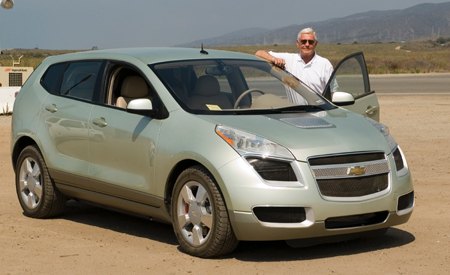















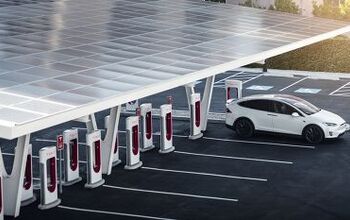
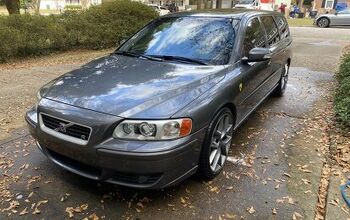

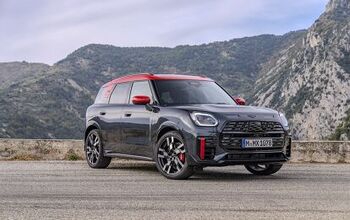

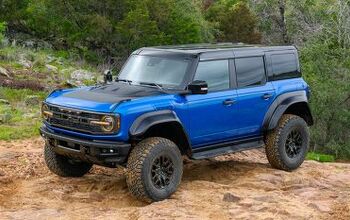

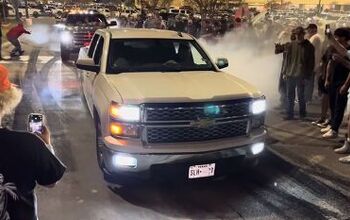
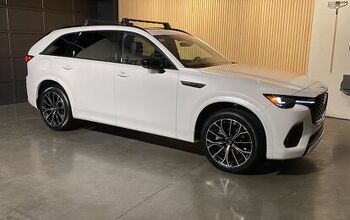
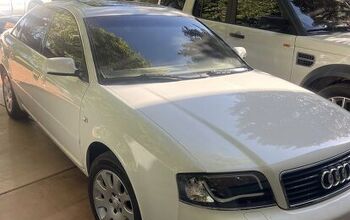
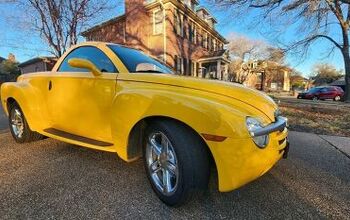

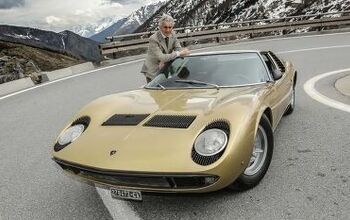


Comments
Join the conversation
Seems like Consumer Reports are also having their doubts about ethanol...